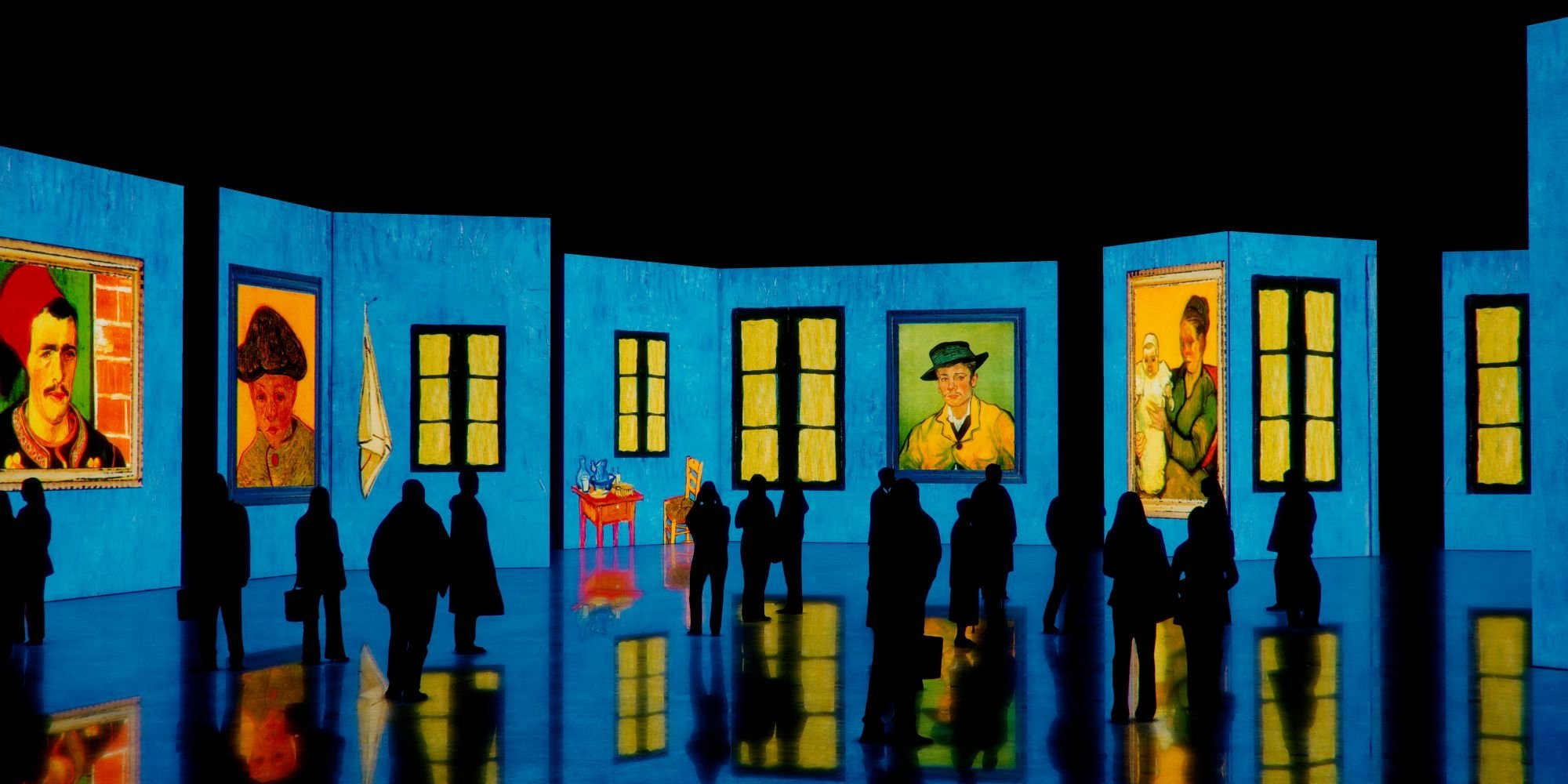© Turkuvaz Haberleşme ve Yayıncılık 2026
Even those who may not be familiar with his name can often recognize his famous painting "Starry Night."
Vincent Van Gogh was a master of his craft, a painter who imbued his art with passion and emotion. To immerse art goers in his realistic paintings, the "Van Gogh - Multi-Sensory Exhibition" was created, a worldwide exhibition that is now to be held in Poland's Lodz.
Recently, there has been a surge of interest in creating multi-sensory exhibitions that offer visitors a more immersive and interactive experience with art. One such exhibition is the Van Gogh multi-sensory exhibition, which brings the art of Van Gogh to life through a combination of light, sound and sensory effects.
Thanks to Digital Art 360 technology, the exhibition will take viewers on a journey into the great master's imagination, presenting his famous works in large-format, vibrantly colored canvases on screens with an area of over 21,530 square feet. The exhibition space also features atmospheric, appropriately selected music and the voice of actor Robert Gulaczyk, who played the role of Van Gogh in the well-known film "Loving Vincent" in 2017.
The exhibition is an innovative approach to experiencing art that goes beyond traditional gallery viewing. It uses cutting-edge technology to create a fully immersive experience that transports visitors into the world of Van Gogh. It is a unique opportunity to see Van Gogh's art in a new way and to appreciate the complexity and beauty of his works.
The exhibition is designed to engage all the senses, offering visitors a multi-dimensional experience that brings Van Gogh's paintings to life. The exhibition uses light projections to create a dynamic and immersive environment that surrounds visitors with Van Gogh's art. The selections are synchronized with a carefully curated selection of music, which enhances the emotional impact of the experience.
The Dutch artist's vivid use of color and bold, impasto brushstrokes captured the essence of his subjects in a way that few artists could match. From his early works of peasants and landscapes to his later masterpieces like "Starry Night," Van Gogh's art was an expression of his innermost thoughts and feelings. Despite his struggles with mental illness and poverty, he never gave up on his passion for painting. He once wrote, "I am seeking, I am striving, I am in it with all my heart," as this dedication is evident in every stroke of his brush. Even today, more than a century after his death, Van Gogh's art continues to inspire and captivate audiences around the world.
As his use of color was exceptional, which was not commonly seen in traditional art at the time, and the vibrant, dynamic and three-dimensional qualities of his painting scenes contributed to such an immersive exhibition to be implemented in the digital atmosphere.

For that reason, the spreading images of paintings help viewers to better appreciate the intricate source of the artist as they travel with him to the Netherlands, Paris, Arles, Saint-Remy de Provence and Auvers-sur-Oise, where his greatest masterpieces were created.
His style is generally categorized as post-impressionism, which was a movement that developed in France in the late 19th century. Post-impressionist artists, like Van Gogh, sought to move beyond the optical realism of impressionism and explore the expressive potential of color, form and line.
While post-impressionism is the most commonly used label for Van Gogh's art, some also describe his work as belonging to the broader category of Expressionism, which emphasizes the emotional and psychological aspects of art. Van Gogh's art certainly contains elements of both post-impressionism and expressionism, but ultimately it is a unique and highly personal style that is difficult to categorize neatly.
Moreover, the exhibition will focus on van Gogh's letters to his brother Theo, who became no less important than his paintings. The letters provide a candid reflection of his views on the world and himself, offering an original source for understanding his life.
